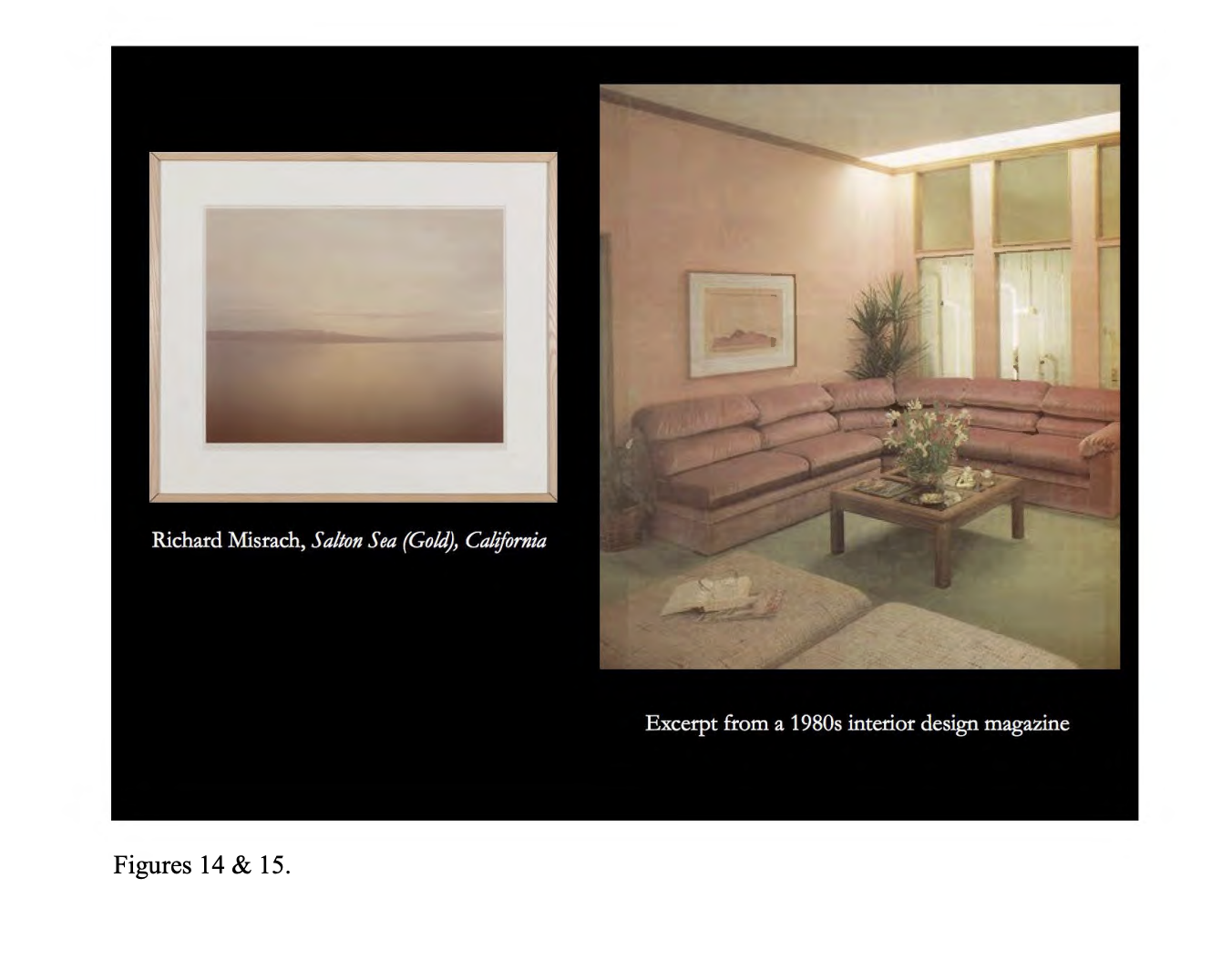Preservation’s Erasure: Challenging the Reception of Richard Misrach’s Desert Cantos of the 1980’s
Through a thorough examination of the history of landscape photography of the American West, this paper posits the media theory “hidden-in-plain-sight,” describing how late-twentieth-century American strategies of war and media shifted from concealment and denial to a deliberate flood of images and information, employing saturation to overwhelm and manipulate perception purposefully placed in view but drowned out. Richard Misrach’s Desert Cantos series (1980s–1990s) serves as a case study in this shift, arguing that its aestheticization of environmental devastation transformed critique into spectacle. Though positioned as politically progressive, Misrach’s imagery participated in the commodification of catastrophe, reflecting a culture of passive consumption and moral distance that anticipated the visual strategies of the Gulf War’s media coverage. This realization crystallizes the concept of visual regimes that evolve with technological systems— how images once meant to reveal power can instead become the very means by which it conceals itself.
